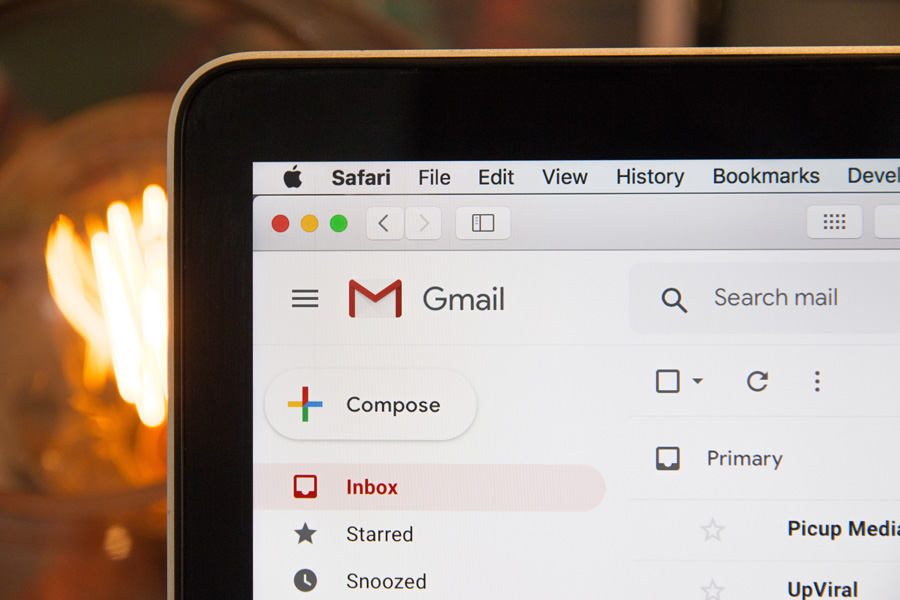Is Email Marketing Dead: The 4 ways email marketing as we know it is becoming extinct.
It’s a pretty bold statement to say that email marketing is dead or dying, but we do feel strongly that the channel, as it continues to evolve, will leave certain vestigial structures behind.
While email marketing still has its place in a broader strategic plan, these four factors appear to be changing most rapidly: the lack of email marketing as a crucial piece of the marketing strategy, static email content, ignorance of privacy and anti-spam restrictions, and one-size-fits-all email blasts.
Email Marketing Isn’t Just an Add-On
More and more, the perception of the importance of email marketing is shifting from a “nice-to-have” or an “add-on” to being seen as a crucial marketing channel that will help companies reach marketing goals. Thus, we can expect to see a boost in the adoption and integration of email marketing within companies’ overall marketing strategy.
As this email adoption rate grows, marketing platforms, software and email tools should also be expected to adapt, if they haven’t already. This means higher and smoother integration across our favorite tools like Hubspot, whose App Marketplace is filled with email applications including their own, MailChimp. Another favorite, Salesforce, allows you to build messages within their Email Studio tool.
If you’re not yet convinced of the impact email marketing can have on your marketing goals, email has been calculated to generate $38 for every dollar spent (a 3,800% ROI). If that piqued your interest, read this list of email statistics.
Ditch the Stiff Copy and Static Images
Could the days of static emails be coming to a close? We’ve already started seeing companies use gifs more regularly in their email campaigns, and based on this increase over the past handful of years, there’s reason to believe it’s only going to become more prevalent in the future.
Despite the lack of support from Outlook, email marketers are finding solutions to give their audience the same user experience with workarounds like a View in Browser link and optimizing the first-frame rendering.
But we aren’t just talking about trading in pngs for gifs. Email is heading in a direction of interactivity. Think hover effects, quizzes, dropdowns, rsvping and calendar appointments, real time pricing and stock levels. We’re talking dynamic content which gives users the opportunity to interact with your content within the email itself—more notably, without leaving the email. Google’s AMP looks like it will be one of the key players in allowing marketers to reach this level of reactive and dynamic content according to a Litmus poll.
Current level of privacy and anti-spam restrictions
Privacy laws like GDPR and CCPA have been implementing tighter restrictions around the selling and storing of personal information, including email addresses and data, and require an opt-out option.
At first glance, increased privacy and anti-spam laws might seem intimidating to your email team. The tighter security will limit mass eblasts, forcing messages to become more relevant and segmented. Yes, this will mean that your email campaigns need a little more oomph to get them to reach your audience’s inbox, but the resulting more relevant and segmented messages have shown to boost open and click through rates and lower the spam and opt-out counts. We think the results are well worth that extra brainstorming elbow grease.
Personalization and Segmentation
The standards of effective marketing continue to improve, challenging marketing departments to achieve higher levels of personalization and segmentation—and not just because of the increasing demands of privacy laws.
As Litmus puts it, the one-size-fits-all campaign has no place in modern email marketing. In order to compete, your message needs to meet and anticipate your target’s needs with greater accuracy and timeliness. Consumer expectations are changing and the competition is only getting stiffer.
Email isn’t going anywhere anytime soon but as its functions and capabilities become more diverse and sophisticated, so will the need for your email campaigns to evolve to keep up.
With this in mind, how can your marketing team adapt or better prepare for this improved marketing channel?
If you’re feeling a little intimidated or want to bounce ideas off of someone, we’d love to talk.




